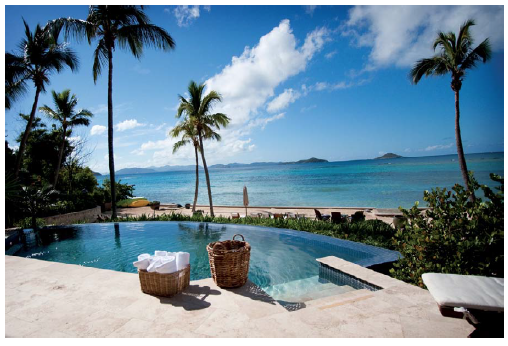
The following is an excerpt from The Enthusiast’s Guide to Travel Photography by Jordana Wright.
INSPIRE WANDERLUST
My hope is that the photographs I create on my journeys will inspire other people to step away from their regular lives and go on an adventure. Whether viewers choose to visit the exact locations I did or just become inspired to take a vacation or explore their own backyard, I feel most successful when I get to hear about someone longing to travel or taking a trip in response to my photography.
So what separates a beautiful photograph from a photograph that calls the viewer to action? Take a look at your travel photography morgue and see what images give you the strongest desire to go out and see the world. What is it that specifically impacts you in the images? Do the images make you feel relaxed? Do they give you a sense of awe? Are you attracted to a sense of history and antiquity? Do you love chaotic photographs of bustling cities? Do you long for an outdoorsy adventure? The type of images that inspire wanderlust will vary from person to person and interest to interest, but there are a few key commonalities that will inspire most viewers:
- Dramatic natural landscapes free of people (Figure 1): Many of us long for solitude and will find comfort in an epic vista free from noisy crowds.
- Dramatic natural landscapes with only one or two people: A single person or a couple in the frame puts the viewer mentally in that person’s shoes. It is easy to project yourself into that place and that moment, as with the surfers in Figure 2.
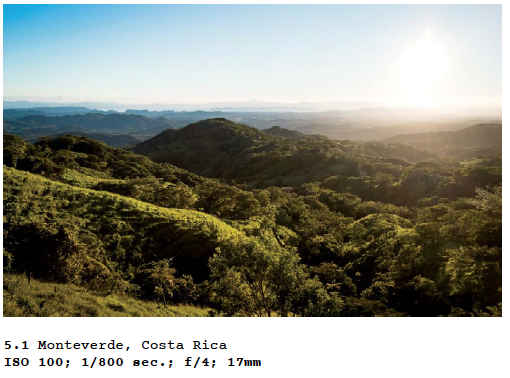
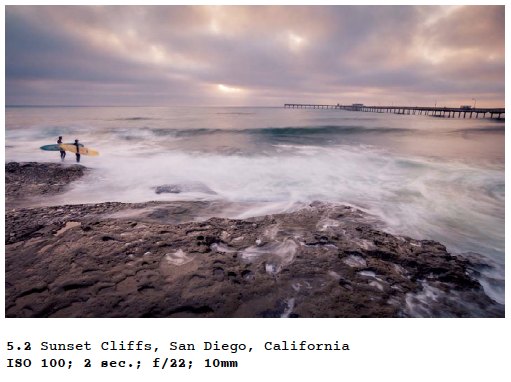
- Luxury on the cusp of nature: Anyone who has seen a photograph of a luxurious pool overlooking a vast, clear body of water has instantly wished she were there (Figure 3).
- A totally unique cultural experience: Travelers long to experience something completely new. An image of a bustling street market in China or the view from a Venetian gondola can inspire viewers to step out of their ordinary routine.
- Seasonally specific opportunities: Think northern lights or fall color. We are attracted to beautiful moments that are fleeting, so images that can be taken only under certain conditions or during certain times of year have a distinct appeal (Figure 5.4).


- A different world: Glimpses of the unfamiliar corners of the world will always inspire wonder and whimsy. Whether you photograph a coral reef teeming with life, or the craggy landscape of the Badlands (Figure 5), the most alien places can be the most inviting.
- A sense of adventure: Images from a Costa Rican ziplining course or a rugged waterfall hike provide the promise of thrills and challenges to inspire wannabe thrill seekers.
- Unique, iconic architecture: From tight European corridors (Figure 6), to modern urban canyons of steel and glass (Figure 7), unique architecture fueled by culture and history will inspire wanderlust in lots of viewers.
When it comes to inspiring wanderlust, the possibilities are endless. As long as you approach your travels with your own sense of open-mindedness and a longing for new experiences, your own enthusiasm and amazement will carry through in your photographs. Pay attention to the details and seek out the culturally unique. Rely on your visual storytelling and essence of place, and you’ll elevate your images from being beautiful to being inspirational.
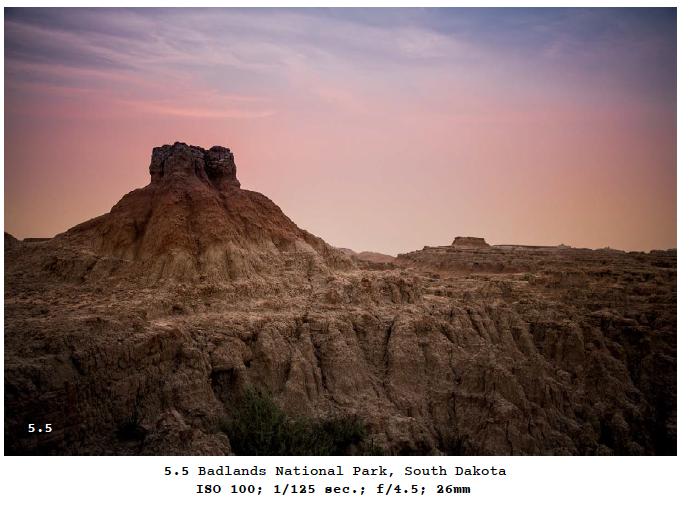
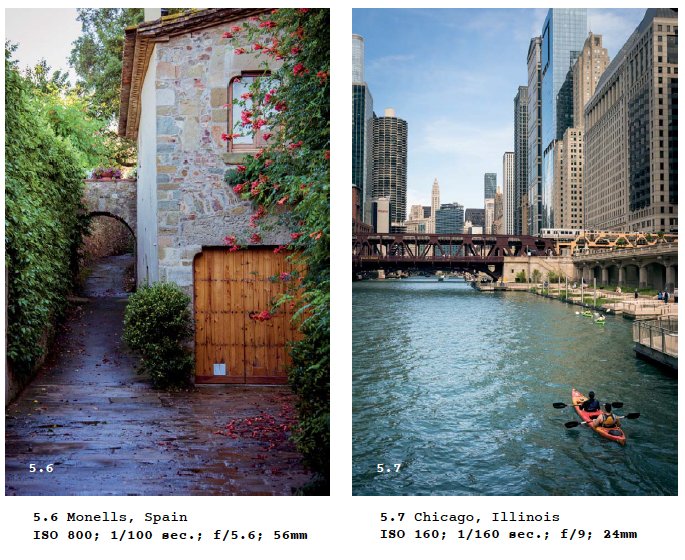
STAY PRESENT AND CAPTURE MEMORIES
I want to take a step back and acknowledge that for many people, travel photography is less about documenting the world for technical perfection or others’ admiration, amusement, or education, and more about capturing the experiences of their personal journeys for themselves. To be clear, photographing your travels to capture memories is an absolutely legitimate pursuit! Some of the earliest travel photographs in existence were taken to serve as a souvenir of the experience.
Your ability to reflect back on time spent traveling and the many little details, stories, and interactions you experienced are reason enough to take a camera along when you travel. Even if you don’t concern yourself with inspiring other people through your images, you can still create wonderfully impactful images surrounding your adventures. You create them for yourself. Figure 8 shows a tripod-supported selfie from a particularly memorable sunset. I wouldn’t sell this photo on my website, but it means something special to me
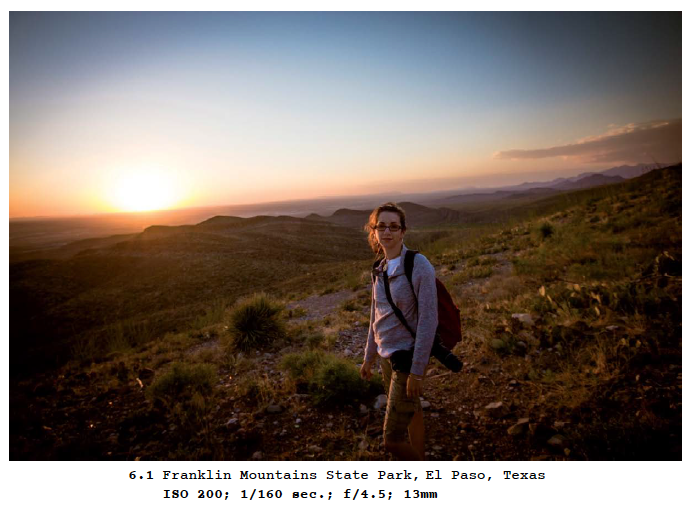
Photography is a major focus for me when I travel, but photography is also my profession. For me, traveling anywhere without a camera feels strange and uncomfortable. Even leaving my camera at the hotel when going out for a short walk or a meal makes me feel nervous. I worry that I’ll miss something incredible. I feel guilty that I’m not dedicated enough to the work. Over time and over my travels, I had gotten so used to experiencing things through the viewfinder, that I was making the camera a priority ahead of my own ability to observe and experience, which resulted in less impactful images.
A couple of years ago I came to realize that the camera is the least important part in the equation. I know this sounds counterintuitive in a book about photography, but it wasn’t until I began writing about my journeys that I realized the photogenic moment has occurred because of the places and the situations in which I have placed myself. I chose to go out walking in my first major Chicago snowfall for the experience (Figure 9).
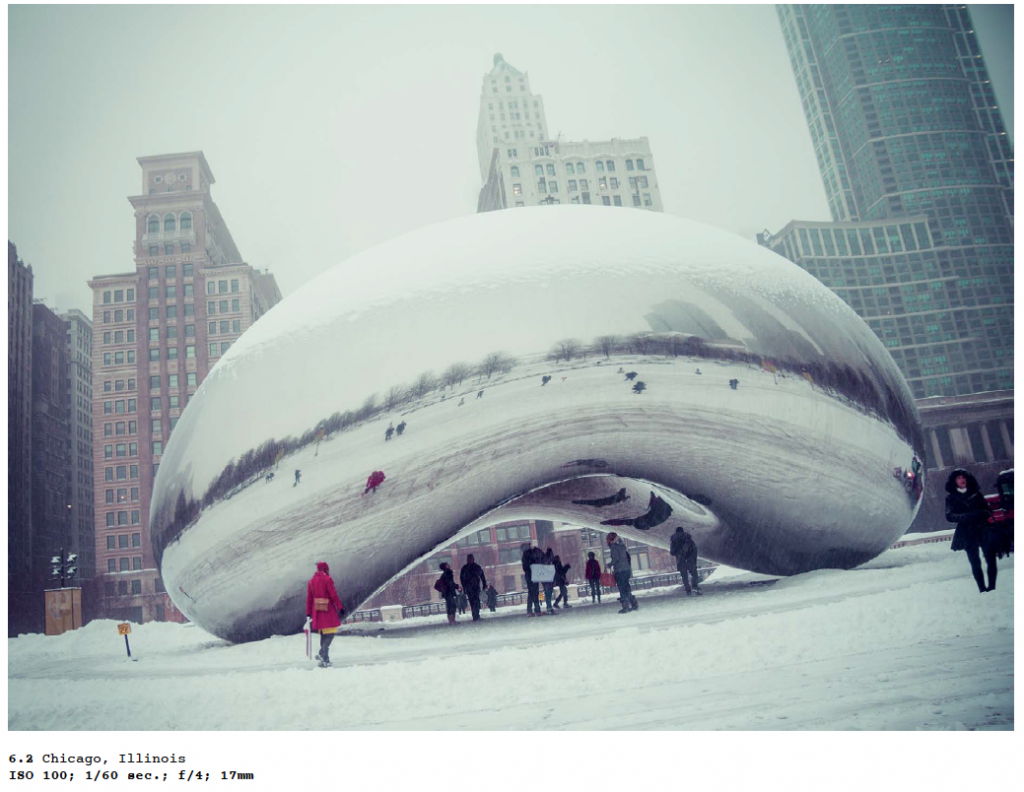
The fact that I walked away with a few stellar photographs is a happy side effect. With or without a camera the experience still happens and the story is still there. It is mine to experience and, should I so choose, to document and share with others. Now when I travel, I focus on my experience. I focus on the moment. I approach each day with an open desire to meet new people and experience new flavors. I bring the camera along, but not at the expense of my discoveries along the journey. I concern myself with awareness of my surroundings—the sounds, the smells, the feeling I get from a place, and the enjoyment I get from sharing those surroundings with my husband, friends, or family.
I found that by tasking myself to be more present and more aware as I traveled, my images improved because my experiences improved. Deeper awareness and understanding enhanced my visual storytelling and led to a more compelling and accurate essence of place in my images. Without a camera constantly separating me from the world, I could make better connections with locals, spend more time chatting, more time enjoying, and more time observing. When a truly photogenic moment came along, I could capture it more effectively because it had more meaning and more personal significance.
There are a great many photographic “rules” and lessons in the world—not to mention in this book—but if I had to boil them all down to one concise message, this would be it:
Travel to expand your horizons and to become a better version of yourself. Photograph those travels to capture the memories of how you felt when you were at your best.
